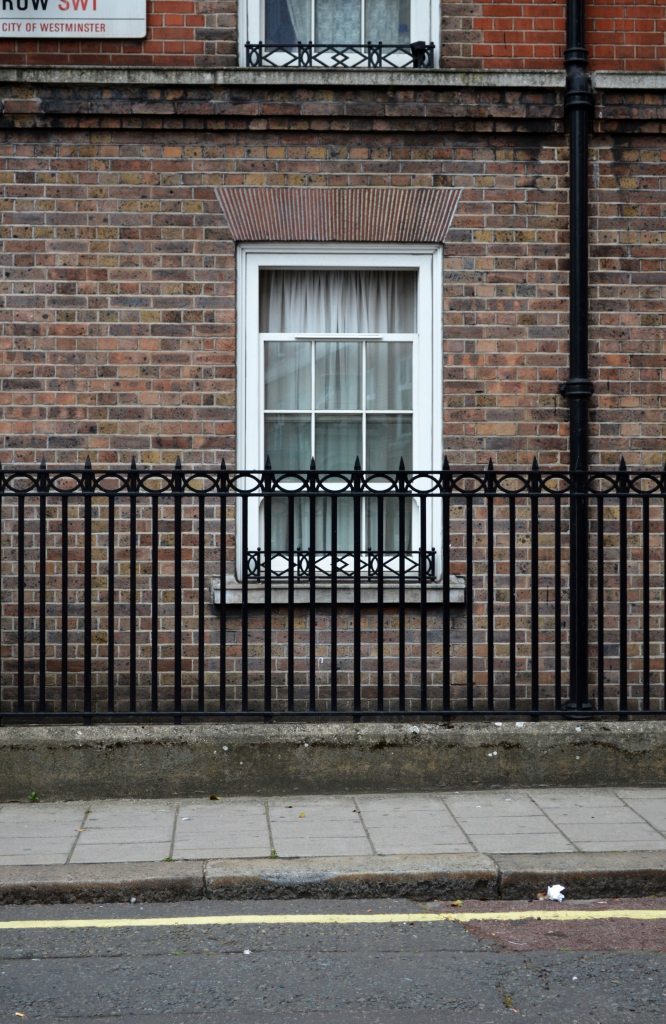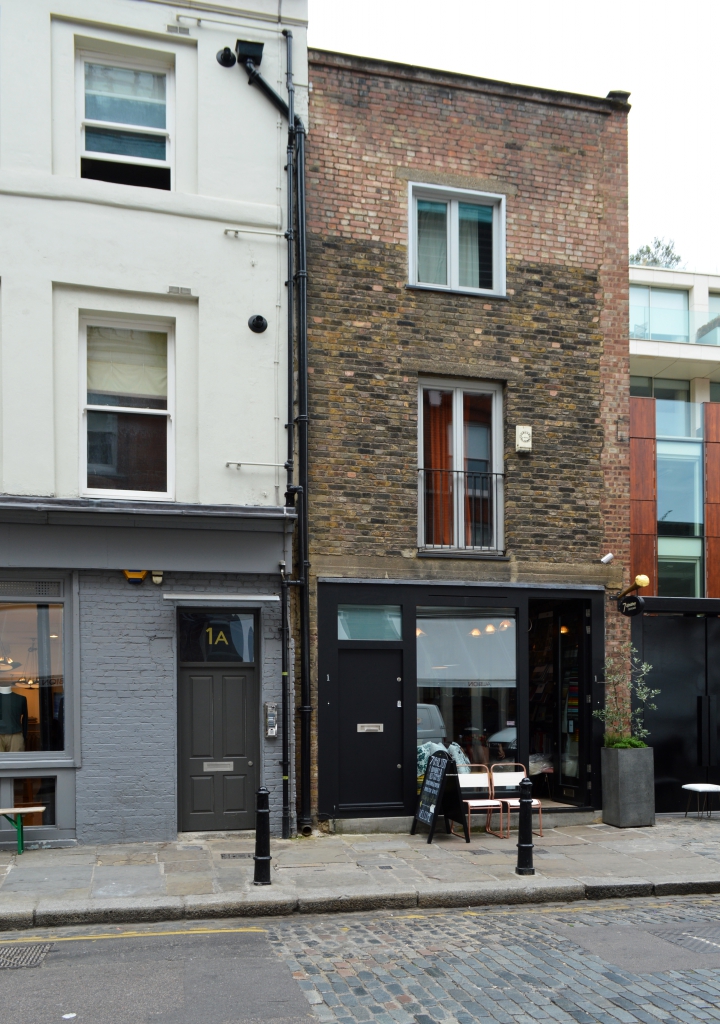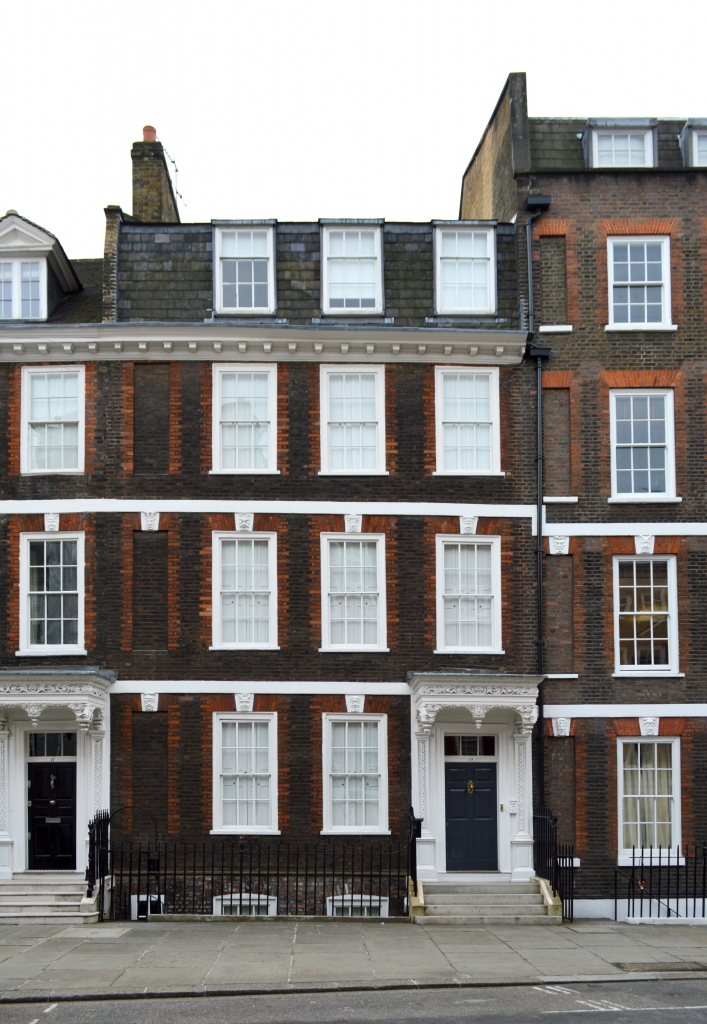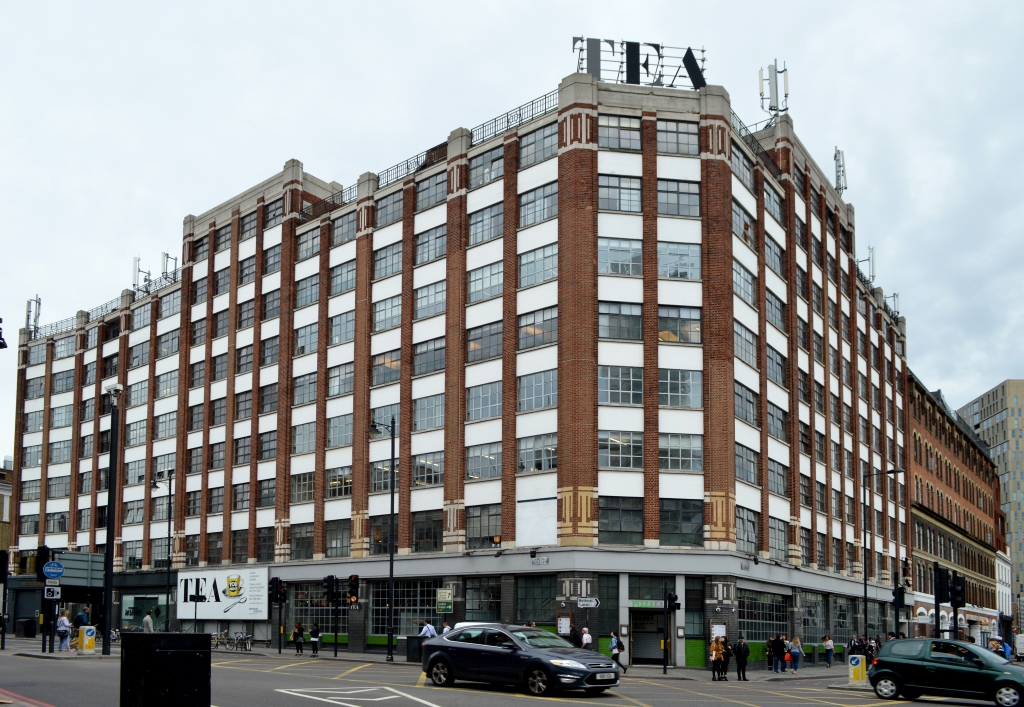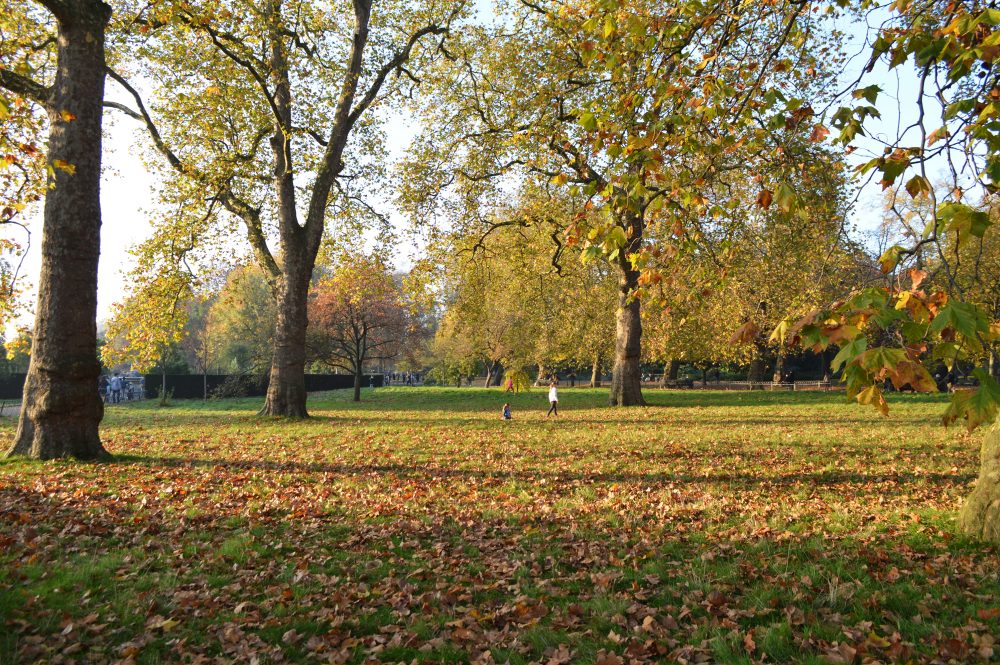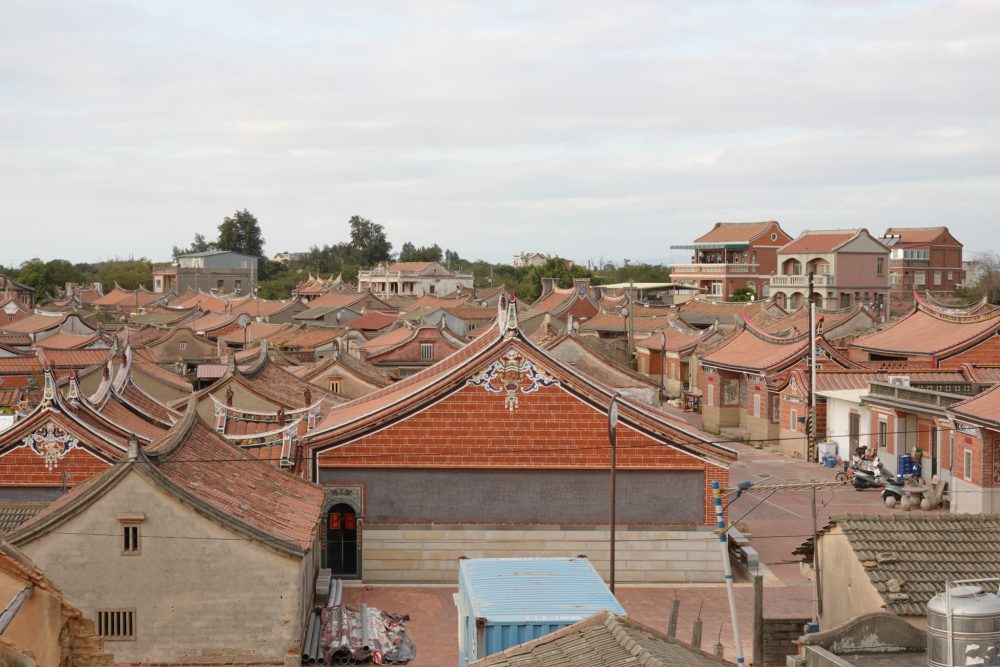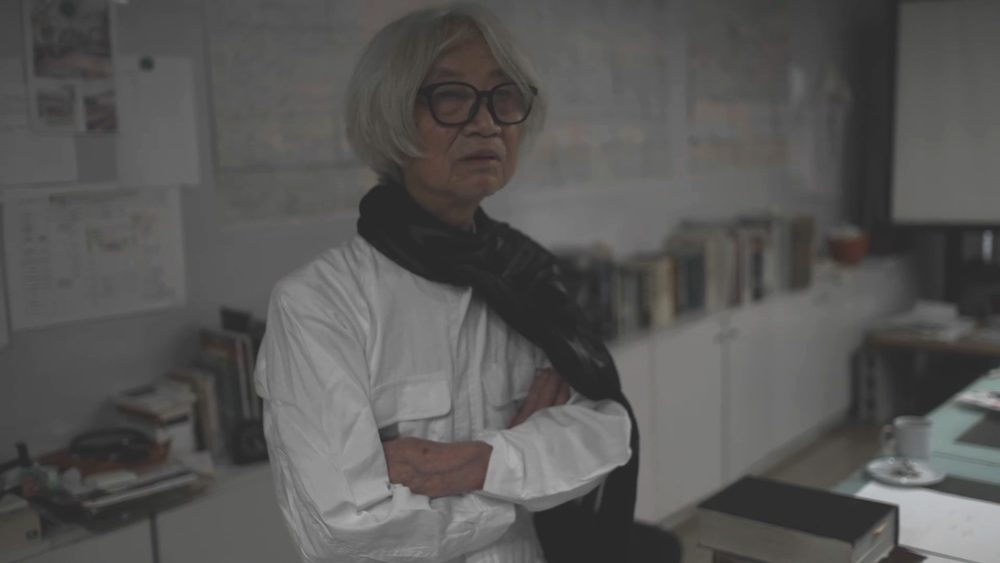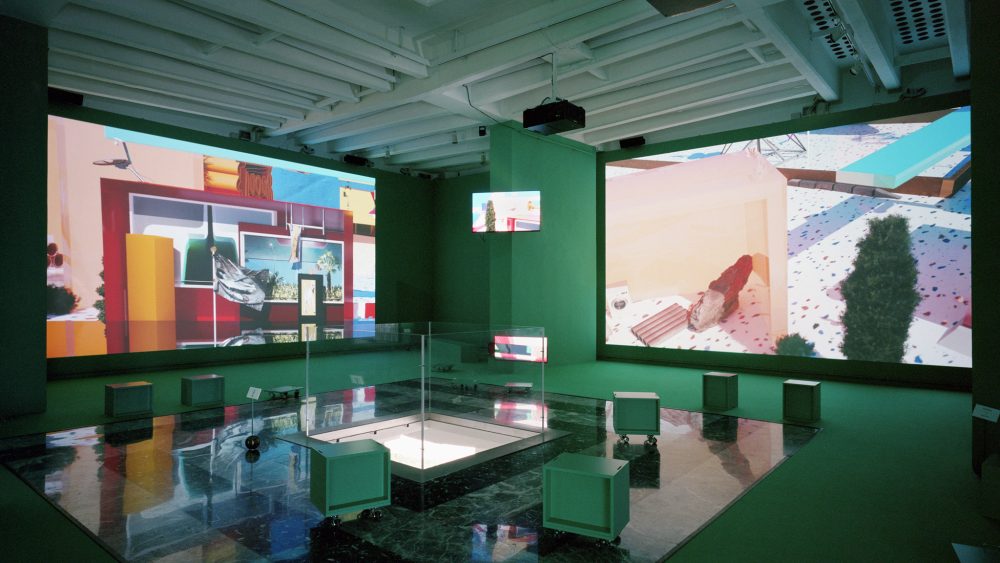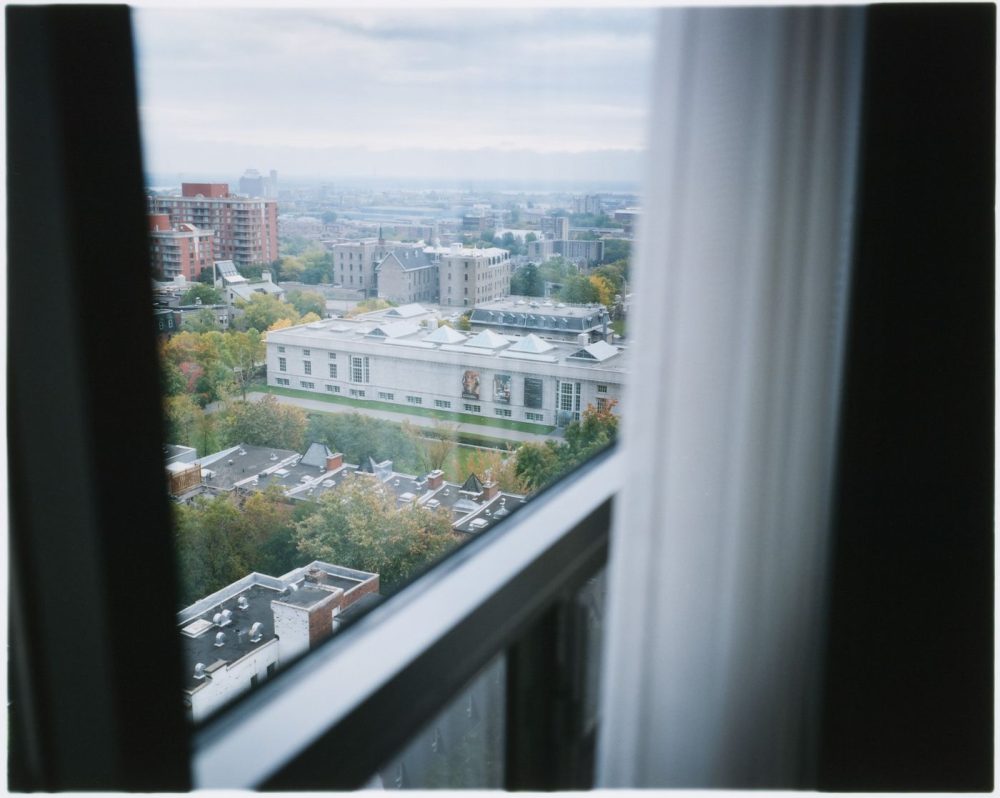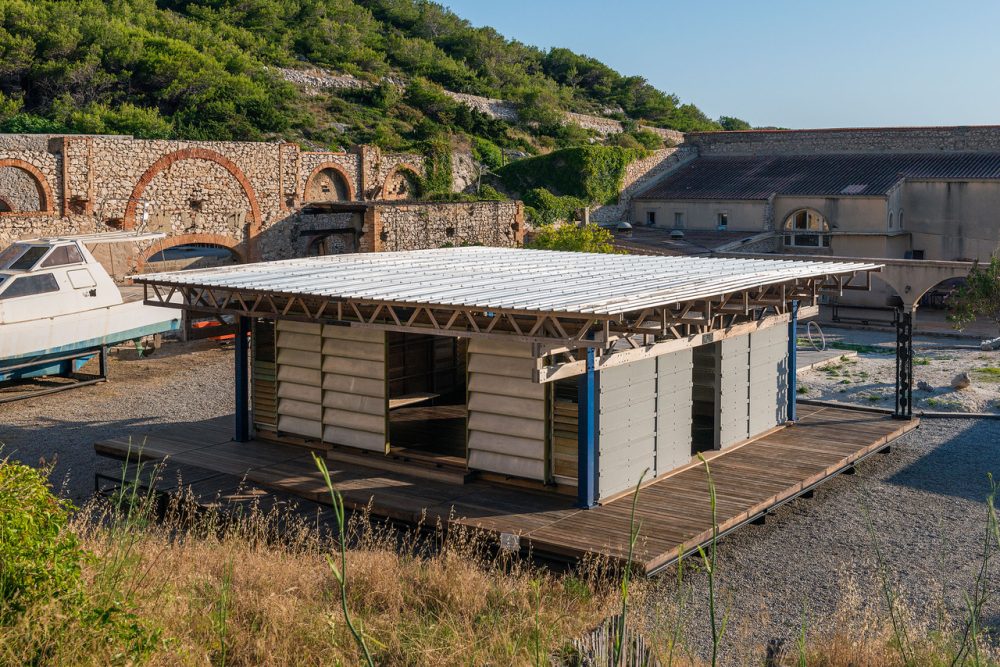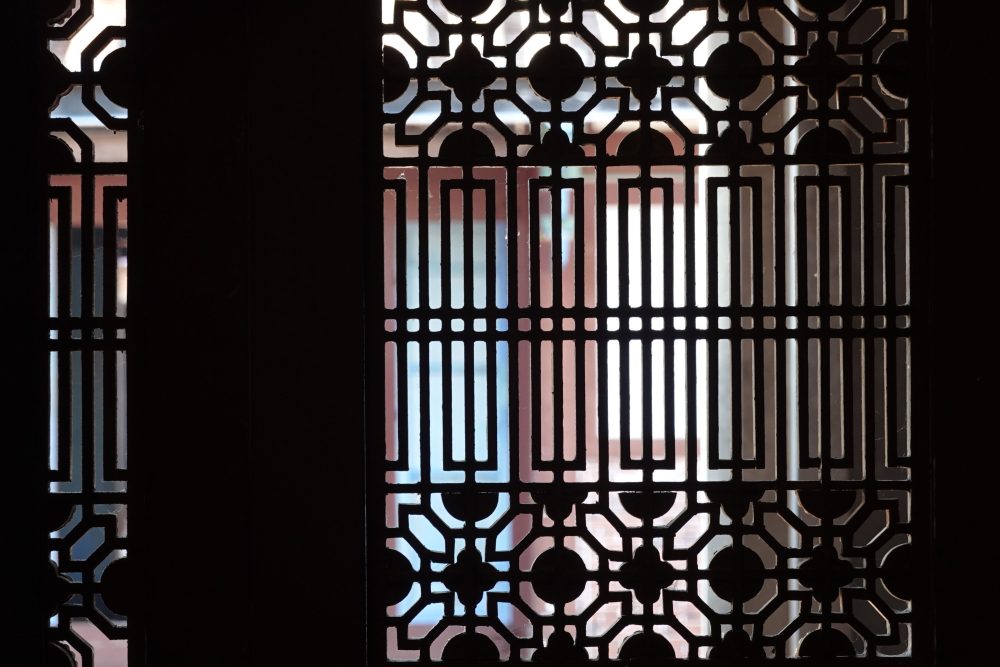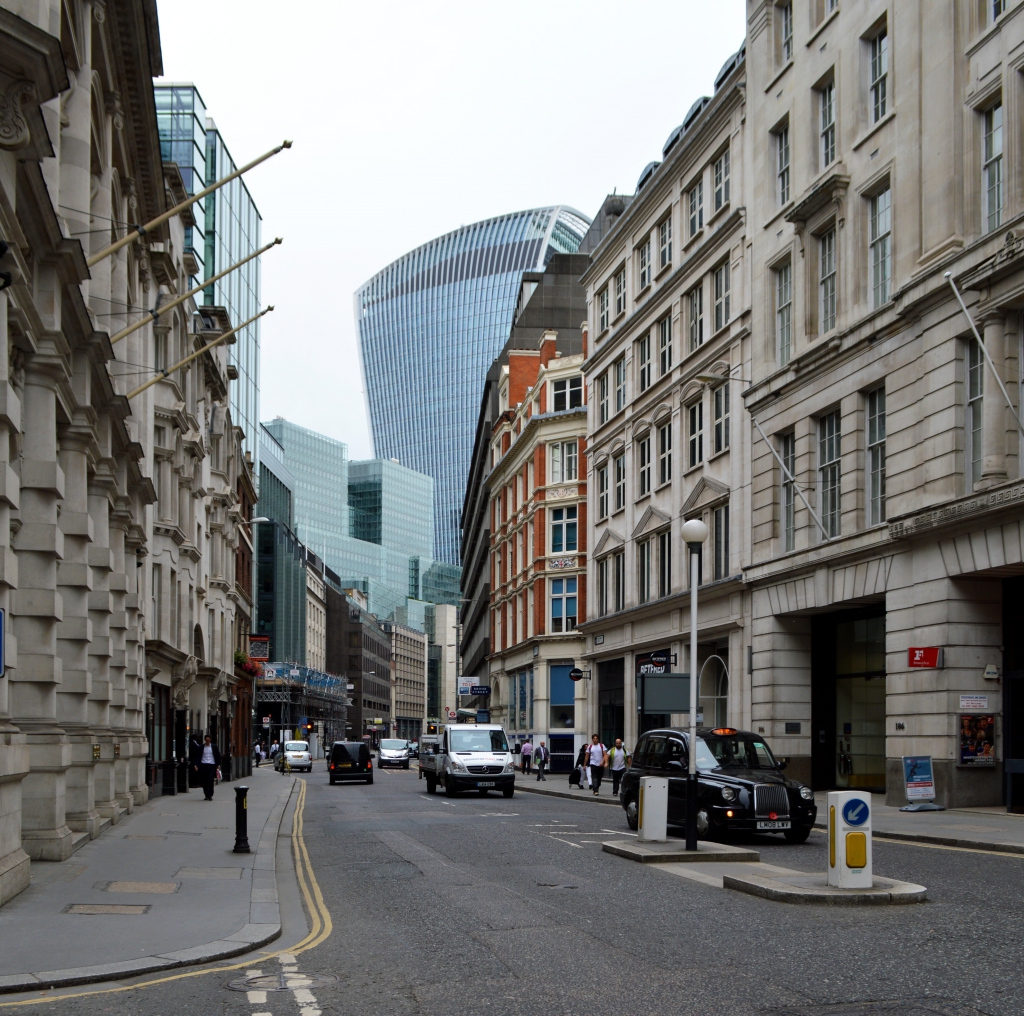
Series Window Column from London
Tracing the urban brickscape
17 Sep 2015
- Keywords
- Architecture
- Columns
As surprising as it may seem, I feel that the true quality of a city such as London lies in its “disorderliness”. Within the city, countless elements with various historical backgrounds coexist; their territories constantly overlapping each other. For instance, a single building is likely to have undergone multiple phases of reconstruction and extension in its lifetime, and it is never easy to distinguish the boundaries between the old and the new. Taking a step back and observing the city from a further distance, it is evident that the streets do not have a basic logic in their compositions. This is due to the fact that historically London has lacked an overall urban planning scheme, and as a result the streets form an almost organic network by sequentially linking one place to the next, rather than employing a strict geometrical pattern.
Strolling through the labyrinthine Georgian streets in the City of London, whilst the tall skyscrapers soar high above my head, I am able to enjoy a kind of pleasant disharmony. The image of this city seems to be formed by a sequence -an uncoordinated continuity of individual elements with ambiguous boundaries. It is only understandable that this city is often described as a collection of villages.
-

Old and new coexist in the streetscape
However, it is not solely the physical, spatial sequences that generate this unique impression. Living in this city, I find myself often encountering a temporal sequence in the everyday scenery. This report, which is the first of a series of three, aims to study such ordinary streetscapes in order to better understand the history and culture of London that lay beyond the charming facades.
Firstly, what fundamentally distinguishes the streetscape of London from that of Tokyo is the fact that the architecture tends to be of masonry structure. In traditional Japanese timber framework structures, columns and beams determine the framework of a building, after which fixtures such as floor, ceiling, windows and doors are installed. The framework does not involve partitions, and the plan can only be defined by the fixtures. Here, windows which are simply a void between columns are also considered as a kind of fixture and are treated in the same manner as walls.
On the other hand, in masonry structures, walls are not part of the fixture. They need to be structurally load-bearing and are in fact part of the framework. In this case, openings are conceived as an aperture created in the solid walls. The nature of these windows and the treatment of material in each type of structure are therefore very distinctive. In masonry structures, it is necessary to have a lintel or arch above window openings in order to support the units above. Although traditionally, decorations on lintels tended to be modest, they were nevertheless an important part of the facade design. The keystone, which sits at the top of an arch to stabilise and tighten the structure, can often act as an ornamental emphasis.
In comparison, modern-day construction methods mostly use lintels made of reinforced concrete or bricks, which are often hidden behind a rendering on the facade.
-
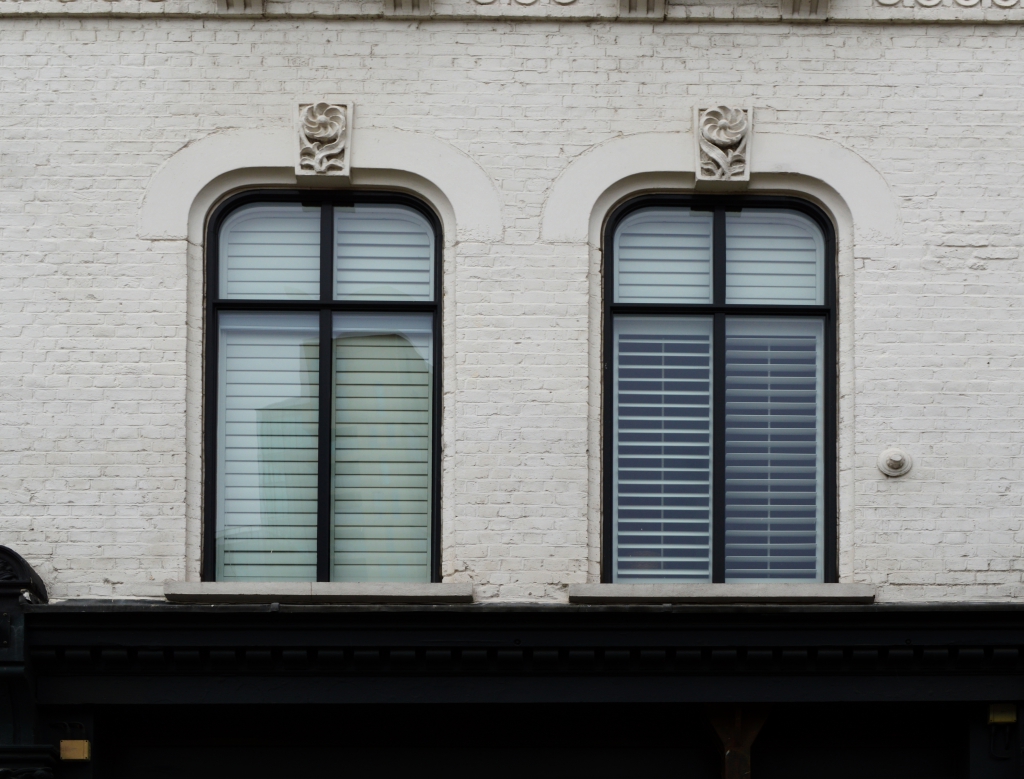
Typical examples of lintels, keystones and arches
As one starts to pay close attention to the lintels and arches over window openings, it is not rare to come across a bricked-up window. These so-called “blind windows” are historically associated with the window tax that was introduced by King William III in 1969. The tax was banded, and it required every household to pay 4 or 8 shillings on top of a basic tax of 2 shillings, depending on the number of windows in their homes.
The blind windows which we can still see today are the result of home owners blocking up their windows to avoid this tax. As the industrial revolution and urbanism progressed, medical personnel and intellectuals complained of the poor sanitary situations, and thus in 1851 the tax was repealed. The term “daylight robbery” originates from this period, as campaigners claimed that the window tax was basically a “tax on light and air”.
-
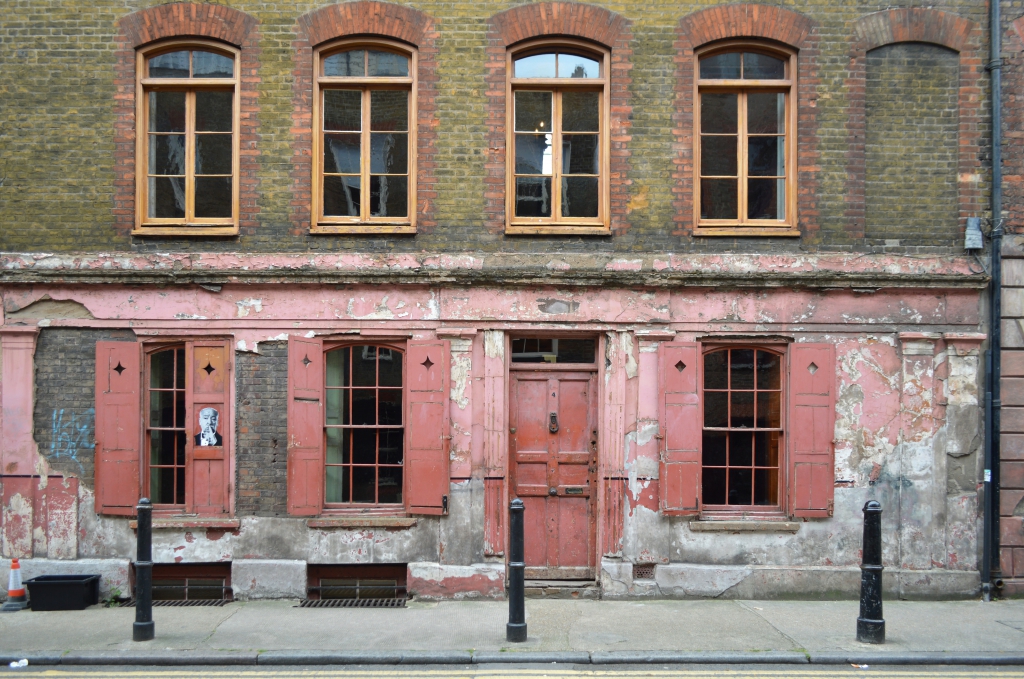
House on Princelet Street (built at the beginning of 18th century).
Blind windows can be found on the far right.
-
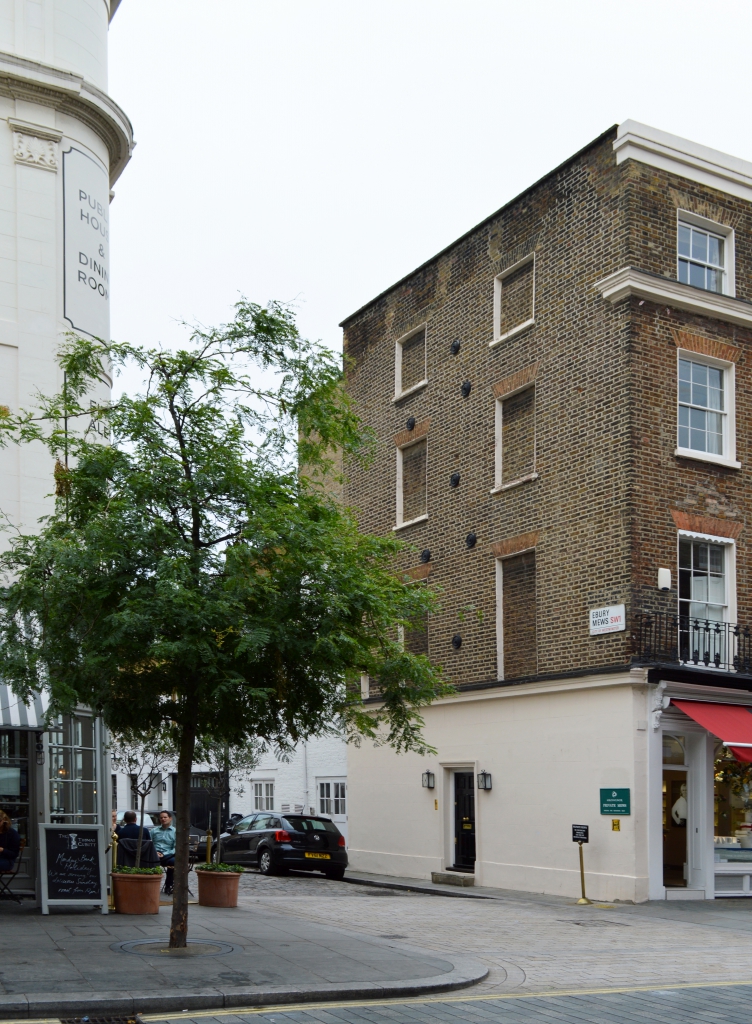
A whole facade of blind windows on Ebury Mews.
After the introduction of the window tax, it was quite common to intentionally build blind windows in new houses, which could be opened up later when the tax would be repealed. This may also have been the case in the houses in Queen Anne’s Gate in Westminster, built at the beginning of the 18th century. However, the vertical arrangement of the half-spanned blind windows are actually aligned with the chimneys, which suggests that openings near the chimneys could have been avoided in order to prevent cold air circulating.
In other words, these dysfunctional blind windows may have been placed as merely part of the exterior design. The mildly grotesque design of the keystones also goes to show how important the composition of each window and their arrangements were to the design of the facade.
-
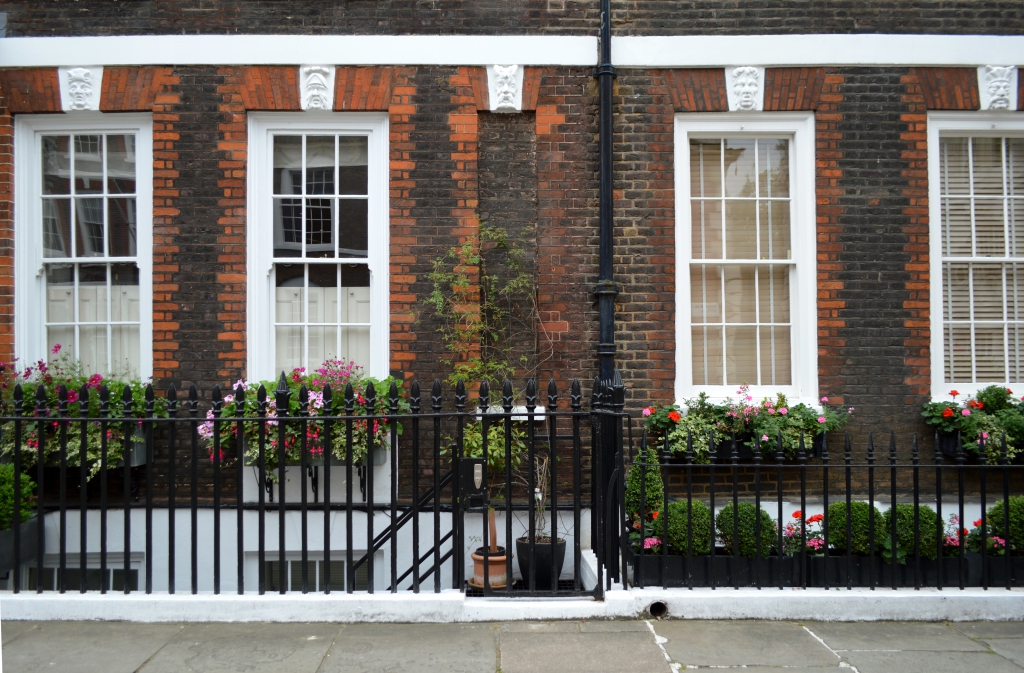
Housing in Queen Anne’s Gate. The vertical arrangement of the blind windows aligns with the chimney.
Whilst on one hand the windows of Georgian houses are modest in size and enclose the private lives of the city’s citizens, those of industrial buildings are relatively large-scale and have a bold openness to them. Since the dawn of the industrial revolution, the ability to mass produce cast iron meant that it was then possible to create openings with larger spans than those of traditional brick buildings. Cast iron was structurally stronger than stone which had previously been used for lintels, and could also be produced in larger lengths. During the Victorian era, cast iron lintels were used in industrial buildings, stables and shopfronts, but tended to be hidden behind a wooden rendering. In Great Britain, where the industrial revolution first began, many factories and warehouses still stand to this day and have often been renovated to be used with a new function. The Tea Building and Old Truman Brewery in Shoreditch are good examples of such refurbishment.
Shoreditch High Street had become a major commercial road by the 20th century and was dominated by industries such as printing, clothing, tobacco and food processing. The buildings that still remain on the main street today are the large-scale showrooms and warehouses built at the time. The Tea Building was originally occupied by Lipton as a bacon curing and tea warehouse in the 1930s. Today it is a unique collection of office spaces, galleries and restaurants. It is worth noting that many original features have been maintained, including metal-frame windows, exposed brick, concrete columns and cobbles. Similarly, the Old Truman Brewery is an old distillery establishment that has been given a new function, and is now home to more than 200 small, creative enterprises.
-
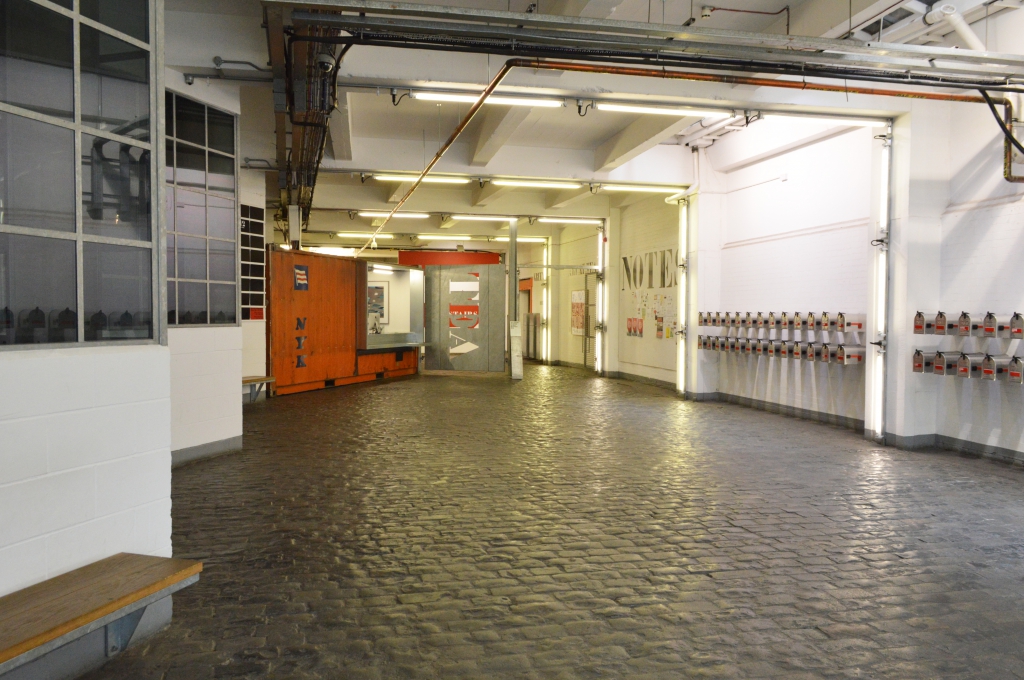
Tea Building (former warehouse) in Shoreditch is now being reused office as spaces.
-
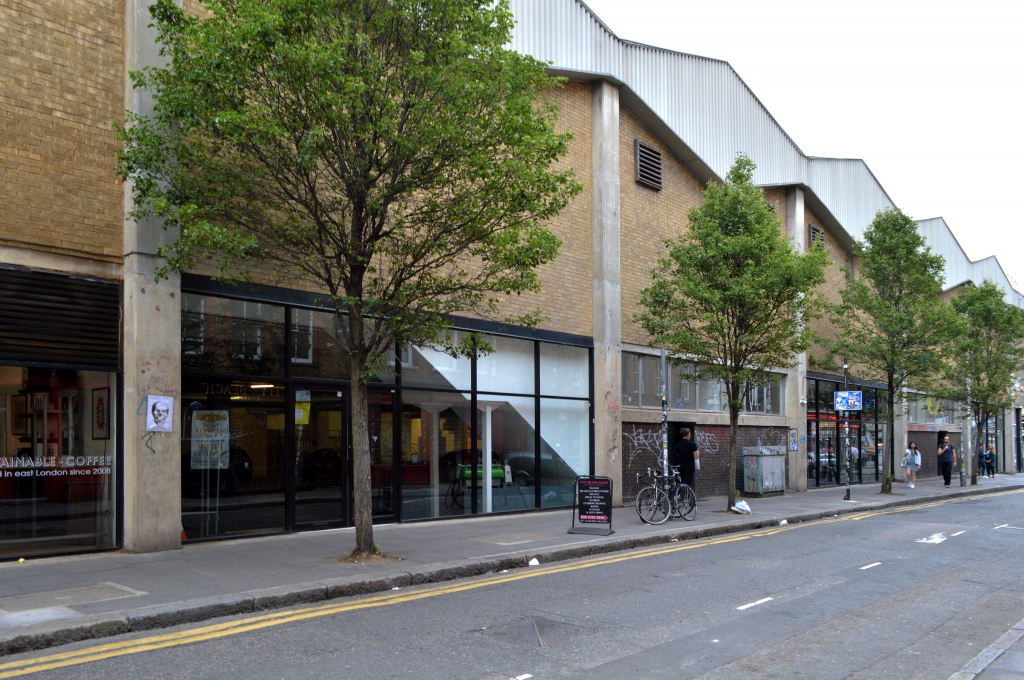
Old Truman Brewery is also a home to many small, creative enterprises.
Although London may be smaller in size when compared to Tokyo, the atmosphere can differ greatly depending on the area within the city. I recently encountered a peaceful haven, quietly tucked away at the heart of the city amongst all the noise and chaos. The history of this haven, St Dunstan-in-the-East Church, dates back to the 12th century, and since its establishment it has undergone numerous reconstruction and extension works. A significant part of the church, including the spire designed by Christopher Wren around 1700, was seriously damaged during the Blitz of 1941, but was never to be reconstructed thereafter. The remaining site is now open to the public as a pocket park. As I sat myself down on a bench in the space that used to be the interior of the church and looked towards the direction of the River Thames inthe south, I saw the skyline of the tall Shard building in the distance neatly framed in the glassless window of the church.
It then occurred to me that through all its history this Gothic window had been there to witness the changes in the skyline. Then I wondered what the cityscape that this window was going to frame in the future years to come would look like. In London where the old and new exist side by side, it can be so easy to forget to appreciate the accumulation of time and history that create the foundation for modern life in this city. This report aimed to gain an insight into the history behind windows by studying typical streetscapes and facades. In the remaining two reports, I hope to further explore this topic, whilst also considering interior spaces and the culture of this city.
-
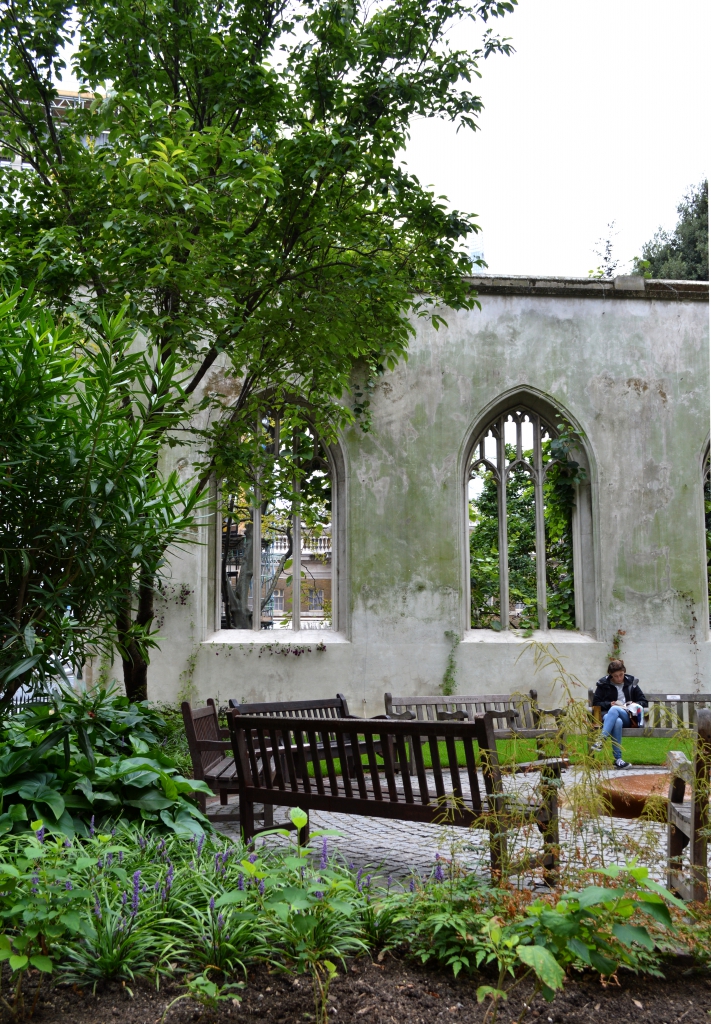
Today, the ruins of Dunstan-in-the-East Church have been turned into a pocket park.
Nanami Kawashima
1991: Born in London. March 2014: B.Eng in Architecture, Department of Architecture, School of Engineering, The University of Tokyo. April 2014-present: M.Eng candidate in Architecture, Kengo Kuma Lab, Department of Architecture, Graduate School of Engineering, The University of Tokyo. May 2015-present: Architectural intern at Caruso St John Architects (London)

